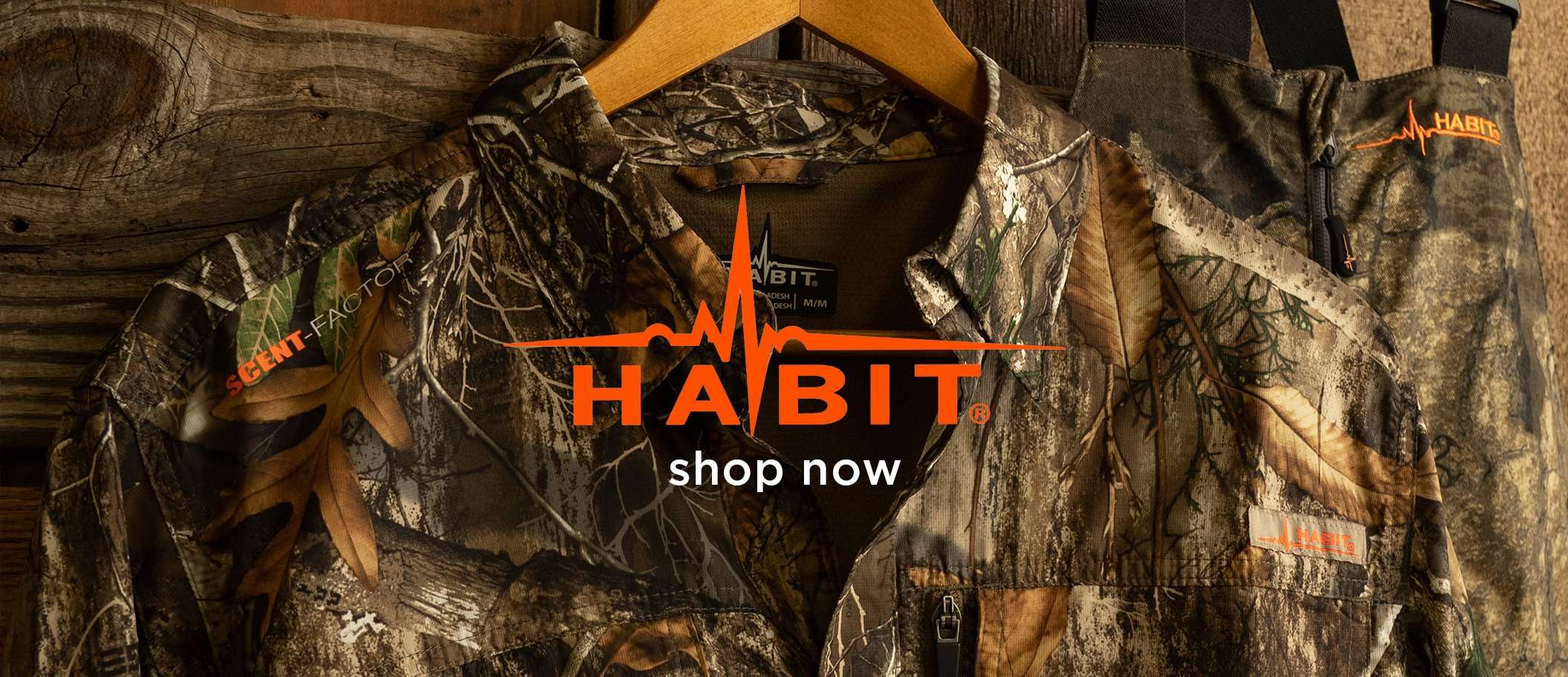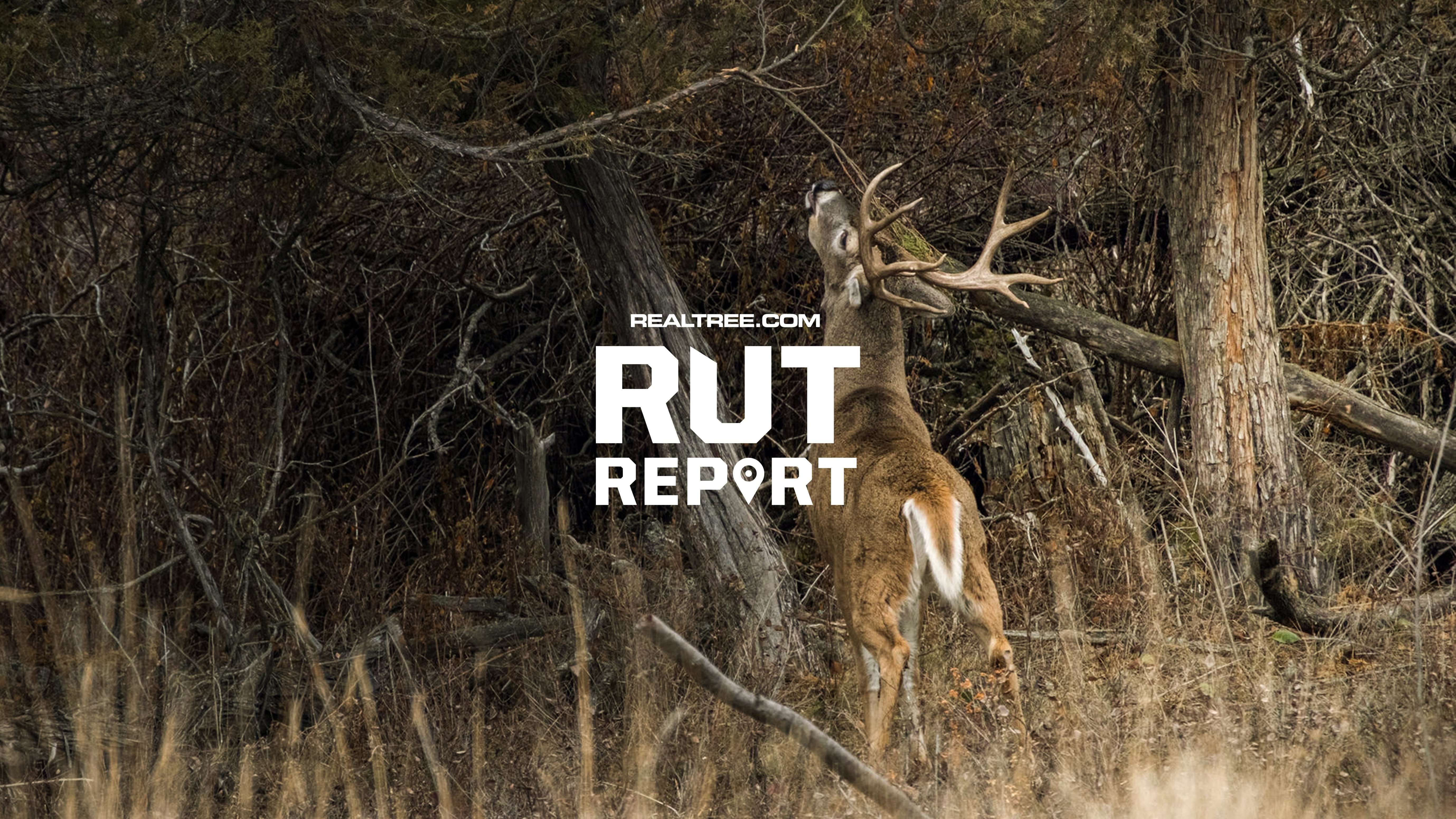Wyoming Game and Fish is warning hunters not to harvest wildlife that appears unwell

Wyoming Game and Fish is warning hunters not to touch animal carcasses they discover in the wild out of fear of anthrax exposure. (Photo by Tom Tietz )
A dead moose has tested positive for anthrax in Carbon County, Wyoming.
According to Newsweek, the Wyoming Game and Fish Department (WGFD) announced the moose’s death on the same day that the Wyoming Livestock Board announced that several beef herds in Carbon County had also been infected with anthrax.
"This recent detection in a moose is the only documented case reported in wildlife at this time. The last confirmed case of anthrax in wildlife in Wyoming was in 1956 in Sublette County," the WGFD said in a statement.
"This is the first confirmed anthrax in Wyoming cattle since the 1970s," the Wyoming Livestock Board said.
According to the CDC, anthrax, a serious infectious disease caused by the bacteria Bacillus anthracis, primarily affects animals such as cattle, sheep, deer, and goats. Humans can also come into contact with anthrax spores through direct or indirect contact with infected animals or contaminated animal products. Animals can catch the disease by breathing in, eating, or drinking spores from the soil or water.
"The spores can persist in the ground for decades and emerge when the ground is disturbed or flooded. Disturbance is common in summer months when conditions may alternate between rain and hot, dry weather, allowing spores to be released from contaminated soil and ingested by livestock or wildlife" the WGFD said. "Carnivores tend to be less at risk and may display higher resilience to the disease."
Various forms of anthrax each manifest with different symptoms and levels of severity. The most common form, cutaneous anthrax, occurs when anthrax spores enter the body through skin cuts or abrasions. Symptoms include a small, raised sore, which eventually turns into a blister, followed by a painless ulcer with a black center (called an eschar). It is treatable with antibiotics and generally less severe.
Gastrointestinal anthrax happens when a person consumes meat from infected animals or drinks contaminated water, and it can lead to death without prompt treatment.
The most dangerous form, inhalation anthrax, occurs when a person inhales anthrax spores. Flu-like symptoms can quickly escalate to breathing difficulties, shock, and can be fatal if untreated.
Local authorities are currently working to prevent the further spread of the bacteria. A vaccine to prevent infection by the bacteria can be given to both livestock and humans.
"Multiple state agencies and private veterinarians responded quickly following the anthrax diagnosis by the Wyoming State Veterinary Laboratory. Protecting animal and human health is critical upon diagnosis of a zoonotic disease," said Dr. Hallie Hasel, Wyoming State Veterinarian. "The Wyoming Livestock Board will continue working with producers and private veterinarians to reduce further spread and limit human exposure through recommendations for carcass disposal and vaccination. Anthrax vaccine is approved for multiple livestock species and highly effective."
The WGFD warns hunters and the public to not approach or touch carcasses in the wild, and not to harvest any animal that appears unwell.












